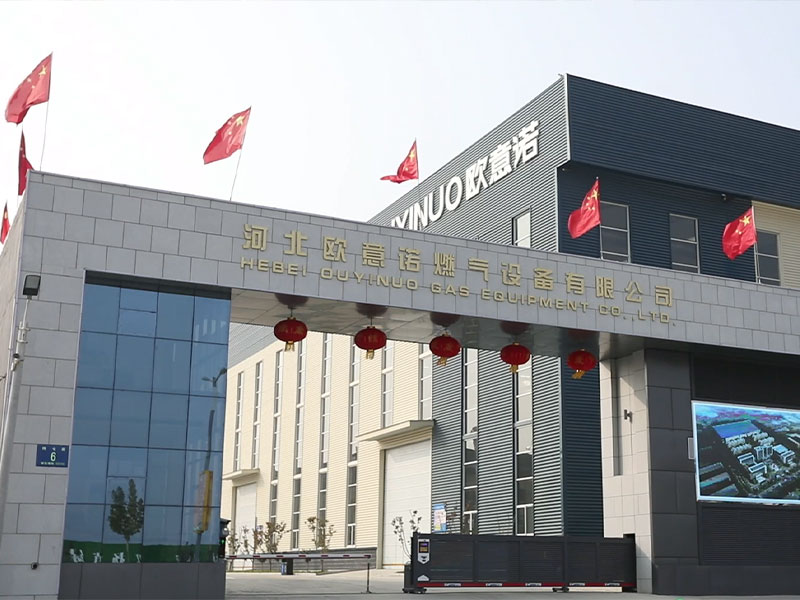
Nov . 13, 2024 13:37
Back to list
منظم ضغط الغاز الطبيعي
Natural Gas Pressure Regulator An Essential Component in Gas Distribution Systems
Natural gas is one of the most critical energy sources in the world, used for heating, cooking, and generating electricity. Its safe and efficient transportation relies heavily on various components, one of which is the natural gas pressure regulator. This article explores the importance of pressure regulators in the natural gas distribution system, their function, types, and considerations for effective implementation.
Importance of Pressure Regulation
The pressure of natural gas must be carefully managed throughout its distribution system, from production to end-use. High pressure can lead to dangerous situations, including leaks or explosions, while low pressure can result in insufficient supply to consumers. Therefore, pressure regulators serve as vital devices that ensure gas is delivered at the appropriate pressure suitable for residential, commercial, or industrial applications.
Function of a Pressure Regulator
A natural gas pressure regulator maintains a set output pressure regardless of changes in inlet pressure or flow demand. It achieves this by employing a mechanical mechanism that either restricts or allows gas flow based on the pressure difference detected. When the inlet pressure rises above the desired level, the regulator reduces the flow, whereas if the pressure drops too low, it opens up the flow to maintain the set point.
The mechanism involves several components, including a diaphragm, spring, and valve. The diaphragm responds to changes in gas pressure, while the spring determines the desired output pressure. The valve modulates the gas flow based on the feedback received from the diaphragm, thus enabling stable pressure control.
Types of Pressure Regulators
There are several types of natural gas pressure regulators designed for different applications, including
1. First Stage Regulators These are used in high-pressure applications, such as at gas processing plants. They reduce the high inlet pressure to a lower intermediate pressure.
.
3. Line Pressure Regulators Installed in pipelines, these regulators maintain a consistent pressure throughout the distribution network.
منظم ضغط الغاز الطبيعي

4. Dome-loaded Regulators These feature an adjustable pressure setting controlled by a dome that can adapt to varying conditions in the system.
5. Electronic Regulators The adoption of digital technology in regulators allows for more precise pressure control and monitoring, providing real-time data on system performance.
Considerations for Implementation
When implementing natural gas pressure regulators, several factors should be taken into account to ensure safety and efficiency
1. Location Regulators should be installed in locations that are easily accessible for maintenance while providing adequate space to operate.
2. Sizing Proper sizing of the regulator based on expected gas flow rates is essential to avoid pressure fluctuations that could compromise system performance.
3. Material Selection Regulators must be made of durable materials capable of withstanding environmental conditions, high pressure, and corrosion.
4. Regular Maintenance Regular inspections and maintenance of regulators are critical to ensure their reliability and lifespan, involving checking for leaks, wear, and functionality.
5. Compliance with Standards Adhering to industry standards and regulations ensures that pressure regulators function safely and effectively.
Conclusion
Natural gas pressure regulators play a crucial role in the safe delivery of gas from production sites to end-users. By maintaining consistent pressure levels, these devices protect infrastructure and ensure efficient energy use. As the demand for natural gas continues to grow and evolve with advances in technology, the role of pressure regulators will only become more significant, necessitating keen attention to their design, implementation, and maintenance. Investing in high-quality pressure regulation systems is a prudent move for any industry reliant on natural gas, paving the way for a safe and sustainable energy future.
Next:
Latest news
-
Safety Valve Spring-Loaded Design Overpressure ProtectionNewsJul.25,2025
-
Precision Voltage Regulator AC5 Accuracy Grade PerformanceNewsJul.25,2025
-
Natural Gas Pressure Regulating Skid Industrial Pipeline ApplicationsNewsJul.25,2025
-
Natural Gas Filter Stainless Steel Mesh Element DesignNewsJul.25,2025
-
Gas Pressure Regulator Valve Direct-Acting Spring-Loaded DesignNewsJul.25,2025
-
Decompression Equipment Multi-Stage Heat Exchange System DesignNewsJul.25,2025

